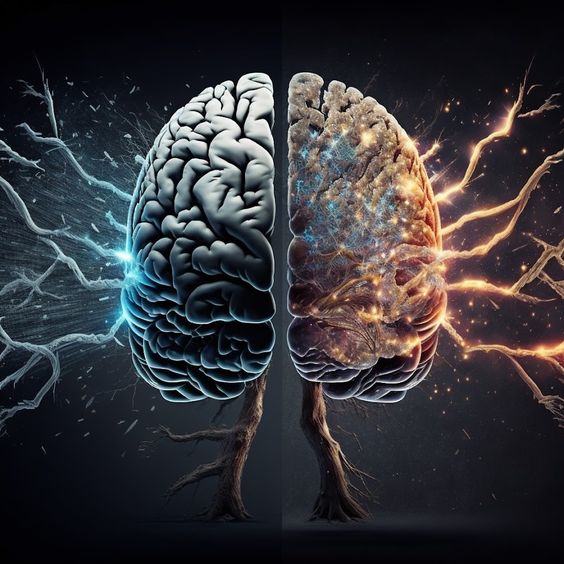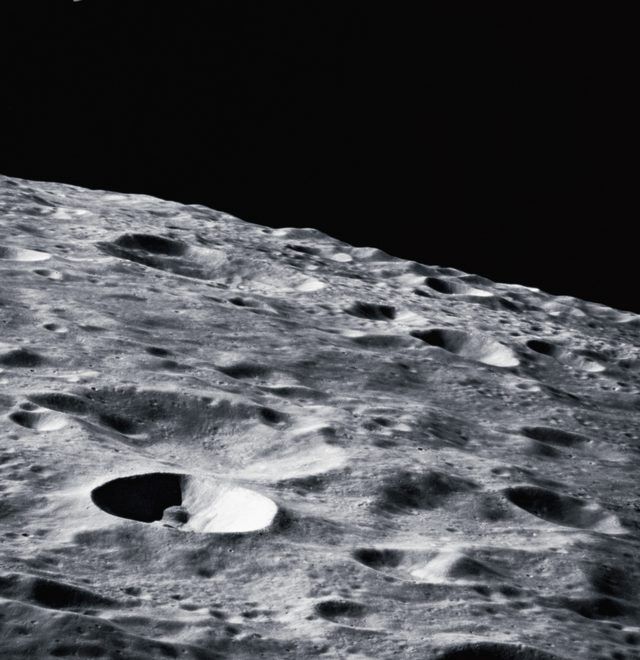Introduction: Godzilla, also known as “Gojira” in Japan, stands as an iconic giant monster that made its first appearance in the Japanese film “Gojira” in 1954. Over the years, Godzilla has become a cultural phenomenon, captivating audiences worldwide through numerous films, comic books, video games, and various other forms of media. Let’s explore the fascinating legacy and enduring popularity of this colossal creature.
Origin and Symbolism: The genesis of Godzilla lies in the aftermath of World War II, particularly the devastating bombings of Hiroshima and Nagasaki. The monster was conceived as a metaphor to represent the destructive impact of radiation and the horrors of nuclear warfare. Godzilla, with its towering presence, became a symbolic expression of the fears and consequences of humanity’s own creations.
Physical Appearance: Godzilla is typically depicted as a colossal, reptilian creature with scaly skin, distinctive dorsal fins along its back, a horned head, and a long tail. The design of Godzilla has evolved over time, adapting to the artistic vision of different filmmakers and the advancements in special effects technology.
Godzilla Films: Toho Company, a Japanese film production company, has produced over 30 Godzilla films. The original 1954 film, “Gojira,” set the stage for subsequent productions featuring Godzilla’s battles against other monsters or global threats. The films have explored themes of environmentalism, the consequences of unchecked scientific experimentation, and the resilience of humanity in the face of overwhelming odds.
Global Popularity: While Godzilla originated in Japan, its popularity has transcended cultural boundaries. The films, both original and remakes, have achieved success in international markets, contributing to the monster’s status as a global pop culture icon.
American Adaptation: In 1998, Hollywood released its own adaptation of Godzilla, directed by Roland Emmerich. Despite mixed reviews, the film sparked controversy among fans due to significant deviations in design and narrative from the original Japanese concept.
MonsterVerse and Modern Adaptations: Godzilla has experienced a resurgence in recent years through the MonsterVerse, a series of films produced by Legendary Entertainment and Warner Bros. The franchise includes titles such as “Godzilla” (2014), “Kong: Skull Island” (2017), and “Godzilla vs. Kong” (2021), revitalizing interest in the legendary monster for a new generation.
Symbolism and Metaphor: Beyond its cinematic spectacle, Godzilla remains a symbol of humanity’s fear of nuclear power and a critique of destructive human behavior. The creature embodies both the terror of a looming threat and the resilience required to confront monumental challenges.
Fandom and Merchandise: Godzilla has cultivated a massive global fanbase, extending beyond film into realms such as toys, video games, and an extensive array of merchandise. The character’s enduring popularity reflects its status as a beloved and enduring figure in the world of entertainment.
Godzilla’s journey from the metaphorical embodiment of nuclear fears to a beloved global icon speaks volumes about its cultural significance. As the monster continues to evolve in the ever-changing landscape of cinema, one thing remains constant – Godzilla’s ability to capture the imagination of audiences, transcending generations and leaving an indelible footprint in the history of monster movies.









